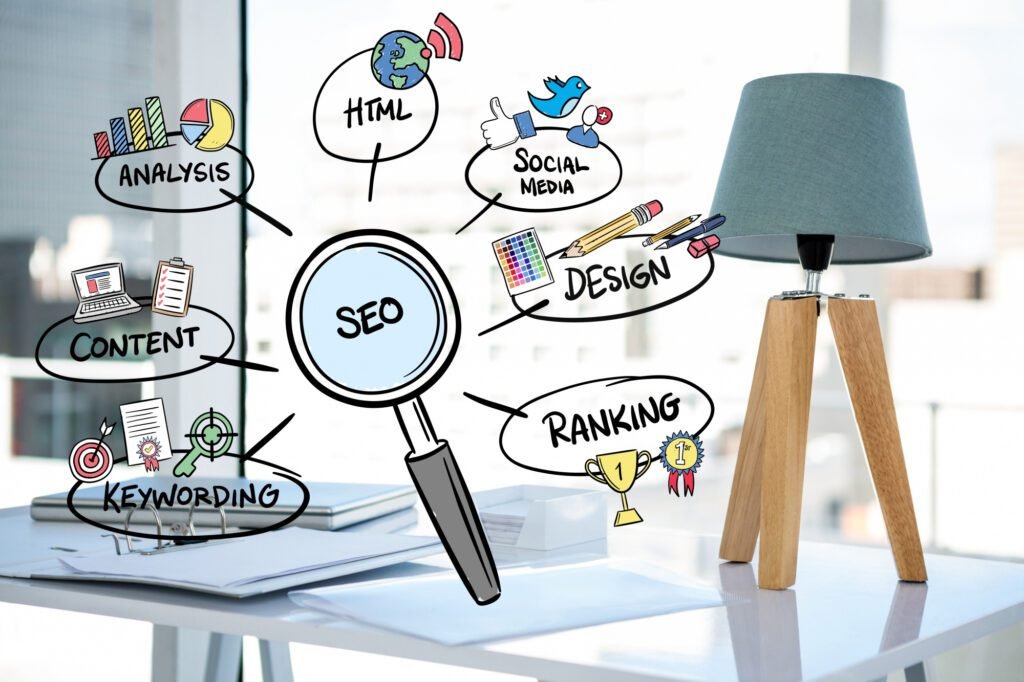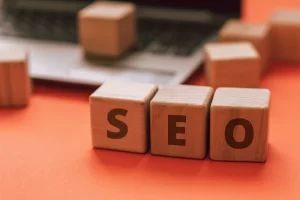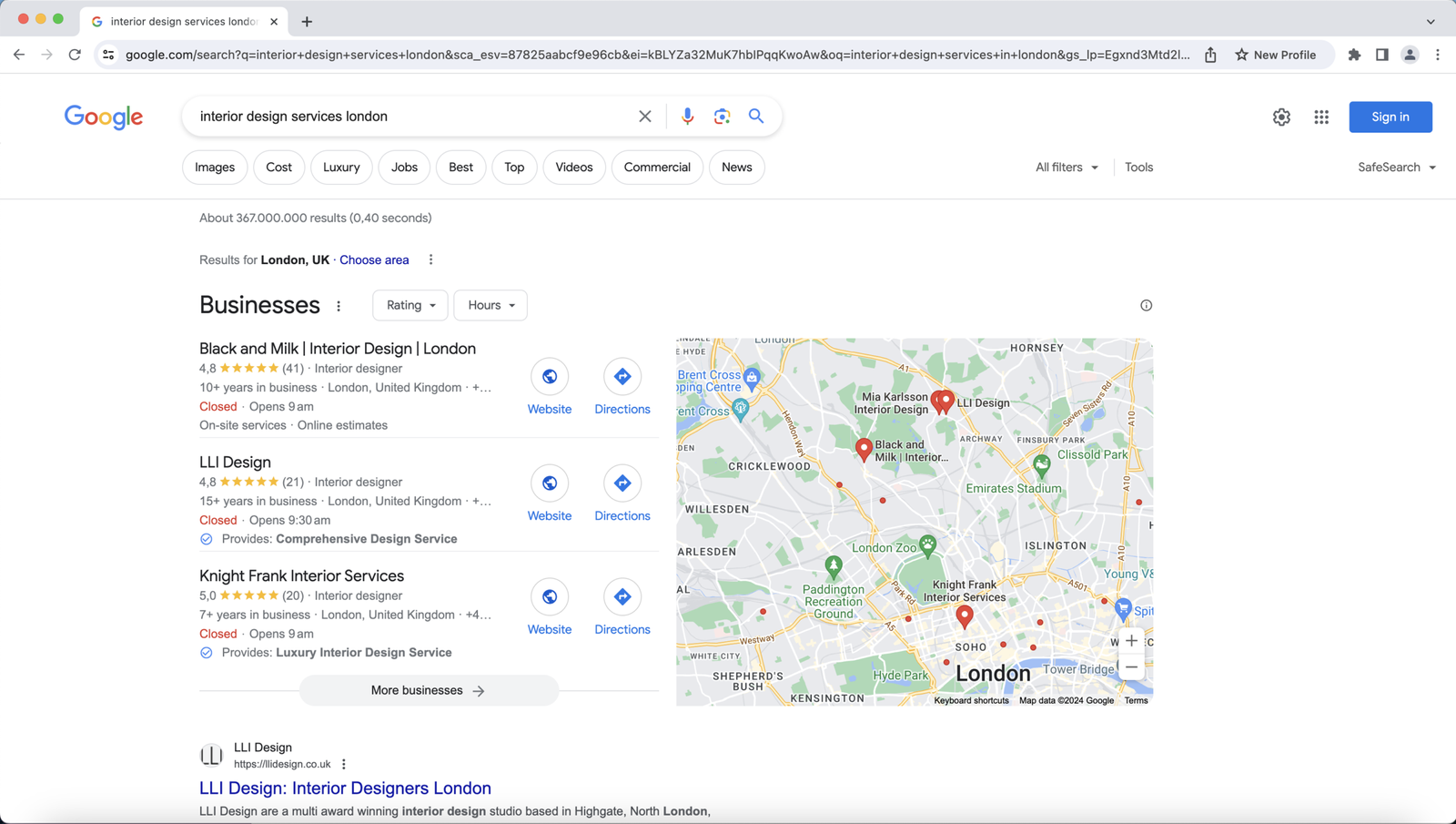On-page SEO means optimizing unique web pages to improve exposure and rank higher in search engine results. On-page SEO optimizes various front-end and back-end components of your website, which makes your website rank higher in the Google search engine and take in new traffic. On-page SEO is Also (called) on-site SEO.
ON-page SEO is focused on tuning content, HTML source code, and various on-page elements to agree with Google search engine algorithms to meet user prospects. The primary purpose is to improve a website’s approachability and value for both search engine visitor-related.
Common tasks connected with on-page SEO include optimizing URLs, internal links, title tags, etc. Below are some important fundamentals of one page-seo.
Table of Contents
Keyword Analysis:
Perform keyword research to identify appropriate and high-demand keywords. Include them intentionally in your titles, tags, pages, URL, heading, and across the content. The careful position of suitable keywords within the meta title headings throughout the content helps search engines understand the situation of a page.
Meta Elements:
Processing powerful Meta titles and descriptions that can impact click-through rates from Google engine search engine results pages is called(SERP). Write convincing meta titles and meta descriptions that precisely describe the content user to click on your page to the search results.
Website Address format:
Make sure your URLs are concise, clean, and keyword-rich. Exploit connections to separate words, improving overall comprehensibility. A clean and structured URL benefits search engines in understanding page ranking and increases user experience.
Content optimization:
In this, you should create good quality content that solves the problem of the users and increases the value. Optimize it with appropriate synonyms and related terms.
The powerful prospect of on-page SEO content optimization takes the focus point as a basic practice.
It includes processing and customizing the content of a web page to seamlessly with search engine algorithms and a user expectation. Combining relevant keywords improves readability and the overall quality of the content on the page content of the optimization.
This process not only provides the search engine but also makes it a priority to provide valuable and attractive content for the best benefit of the audience.
Do You Want to see your website at the top of Google search results?
Try out our amazing SEO services and watch your website climb up the rankings. Get ready for more traffic, more customers, and more success!.
Image optimization:
Optimize images by using descriptive alt tags and filenames and comparing their file size to improve the page loading speed. Optimizing images for size, relevance, and alt text can improve page load times and approachability, resulting in a positive SEO impact.
Internal linking:
Create the most relevant and logical internal links with your content to boost navigation and improve user experience. Connecting relevant pages through internal links increases your site structure and helps allocate page authority.
Page speed optimization:
Optimize your page loading speed by minimizing code, allowing browser caching, squeezing images, and utilizing content delivery networks (CDNS). Page- optimization explores the technical details to minimize page load times by optimizing images, browser caching, and more.
Behind improving user satisfaction with search engine algorithms that efficient websites and rank websites. As a result, this digital stimulation keeps visitors working and drives websites higher in search engine rankings.
Make the need for quickness a foundation in the ever-involving prospect of digital excellence.
Mobile-friendliness:
This involves guaranteeing your page change to mobile screens and making a smooth user experience on various devices. Given the rise in mobile use, it is crucial to guarantee a website’s mobile comity important for both user satisfaction and search engine standings.
Schema markup:
Apply scheme markup to contribute to search engines with extra details about your content enhancement and the likelihood of rich outtakes featuring in search engine results. Schema markup acts as a strong communicator, providing search engines with a more serious, comprehensive of the content of a website.
This structure makes standardized tags feature a specific information contribution, a rich layer of context that goes over traditional meta tags. Schema markup is the digital translator that helps search engines provide a more extensive and informative user experience.
Header and content structure:
If you want proper and good header tags for your content, then you use (H1, H2, and H3), etc. Add good keywords to your structure and distribute them naturally throughout the text. The header and content structure are a foundation for a constant user experience.
Understanding and optimizing this pair is related to beating the art of digital explanation, where the header sets the stage and the content structure spreads the statement for an attractive online journey.
Conclusion:
Either on-page SEO is a continuous process and is basic to regularly update and optimize your pages based on changes in search engine algorithms and user behavior. On-page SEO is making websites for optimal view and user satisfaction.
It is a thorough facility that transforms content into a powerful composition, guaranteeing websites rank high and resonate with the hearts of online audiences.
FAQS:
Why is one-page SEO important?
On-page SEO is one of the most important for ranking higher in Google search engine results, engaging organic traffic, and providing a smooth user experience.
It helps search engines learn and index content effectively.
Which elements construct on-page SEO basics?
Effective elements involve keyword optimization, image optimization, internal linking, header tags, URL structure, meta tags, and quality content creation.
How does on-page SEO impact page speed?
Minimizing code and browser caching is part of on-page SEO practices contributing to faster page load times and search engine rankings.
What role do meta tags play in one-page SEO?
Meta tags and descriptions provide compact briefs of webpage content. Well-executed meta tags affect Click-through rate (CTR) and offer essential information to search engines.
Is mobile responsiveness crucial for one-page SEO?
Yes, mobile responsiveness is crucial. With the increasing of mobile devices, search engines rank mobile–friendly websites. Rank a consistent experience over various devices to on-page SEO success.










